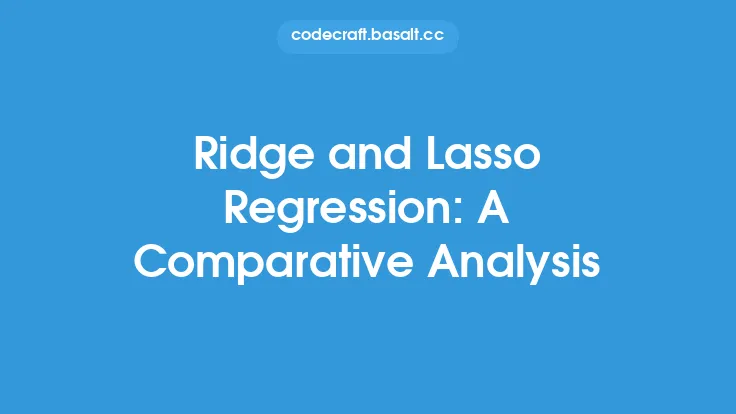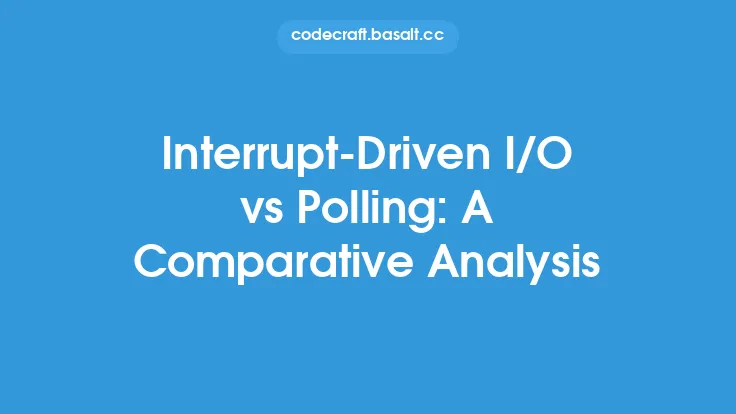Cryptography is a vital component of modern cybersecurity, and ciphers are the backbone of encryption techniques. Among the various types of ciphers, block ciphers and stream ciphers are two fundamental categories that have been widely used in secure communication protocols. In this article, we will delve into the world of block ciphers and stream ciphers, exploring their underlying principles, strengths, and weaknesses, as well as their applications in various cryptographic protocols.
Introduction to Block Ciphers
Block ciphers are a type of symmetric-key cipher that operates on fixed-length blocks of plaintext, typically 64 or 128 bits. They use a shared secret key to encrypt and decrypt the data, ensuring confidentiality and integrity. The encryption process involves dividing the plaintext into fixed-size blocks, and then applying a series of transformations to each block using the secret key. The resulting ciphertext is a scrambled version of the original plaintext, which can only be decrypted using the same secret key. Block ciphers are widely used in various cryptographic protocols, including AES (Advanced Encryption Standard), DES (Data Encryption Standard), and Blowfish.
Introduction to Stream Ciphers
Stream ciphers, on the other hand, are a type of symmetric-key cipher that operates on individual bits or bytes of plaintext. They use a keystream, which is a sequence of random bits generated using a secret key, to encrypt and decrypt the data. The encryption process involves XORing (exclusive OR) the plaintext bits with the corresponding keystream bits, resulting in a ciphertext that is a scrambled version of the original plaintext. Stream ciphers are commonly used in applications where high-speed encryption is required, such as in wireless communication protocols and online transactions. Examples of stream ciphers include RC4 (Rivest Cipher 4) and FISH (Fast and Simple Hash).
Comparative Analysis of Block Ciphers and Stream Ciphers
When it comes to choosing between block ciphers and stream ciphers, several factors come into play. Block ciphers are generally considered more secure than stream ciphers due to their ability to provide better diffusion and confusion. Diffusion refers to the property of a cipher to spread the plaintext data across the ciphertext, making it harder to recover the original data. Confusion, on the other hand, refers to the property of a cipher to make the relationship between the plaintext and ciphertext as complex as possible. Block ciphers achieve better diffusion and confusion through the use of substitution-permutation networks, which involve a series of substitutions and permutations to transform the plaintext into ciphertext.
Stream ciphers, however, have the advantage of being faster and more efficient than block ciphers. They are particularly useful in applications where high-speed encryption is required, such as in real-time communication protocols. Stream ciphers also have the advantage of being more resistant to side-channel attacks, which involve exploiting information about the implementation of a cipher rather than the cipher itself. However, stream ciphers are generally considered less secure than block ciphers due to their vulnerability to attacks such as frequency analysis and correlation attacks.
Security Considerations
When it comes to security, both block ciphers and stream ciphers have their own strengths and weaknesses. Block ciphers are generally more resistant to cryptanalytic attacks, such as differential cryptanalysis and linear cryptanalysis. However, they are vulnerable to side-channel attacks, such as timing attacks and power analysis attacks. Stream ciphers, on the other hand, are more resistant to side-channel attacks but are vulnerable to cryptanalytic attacks, such as frequency analysis and correlation attacks.
To ensure the security of block ciphers and stream ciphers, several considerations must be taken into account. Firstly, the key size and complexity must be sufficient to prevent brute-force attacks. Secondly, the cipher must be implemented correctly, with proper padding and initialization to prevent attacks such as padding oracle attacks. Thirdly, the cipher must be used in conjunction with a secure protocol, such as a secure key exchange protocol, to prevent attacks such as man-in-the-middle attacks.
Applications and Use Cases
Block ciphers and stream ciphers have a wide range of applications in various cryptographic protocols. Block ciphers are commonly used in protocols such as SSL/TLS (Secure Sockets Layer/Transport Layer Security), IPsec (Internet Protocol Security), and PGP (Pretty Good Privacy). Stream ciphers, on the other hand, are commonly used in protocols such as WEP (Wired Equivalent Privacy) and WPA (Wi-Fi Protected Access).
In addition to their use in cryptographic protocols, block ciphers and stream ciphers also have applications in various industries, such as finance, healthcare, and government. For example, block ciphers are used in secure online transactions, such as online banking and e-commerce, while stream ciphers are used in secure communication protocols, such as secure voice and video conferencing.
Conclusion
In conclusion, block ciphers and stream ciphers are two fundamental categories of symmetric-key ciphers that have been widely used in secure communication protocols. While block ciphers are generally considered more secure due to their ability to provide better diffusion and confusion, stream ciphers have the advantage of being faster and more efficient. The choice between block ciphers and stream ciphers depends on the specific application and requirements, taking into account factors such as security, speed, and efficiency. By understanding the underlying principles, strengths, and weaknesses of block ciphers and stream ciphers, developers and practitioners can make informed decisions about which cipher to use in a particular application, ensuring the security and integrity of sensitive data.





